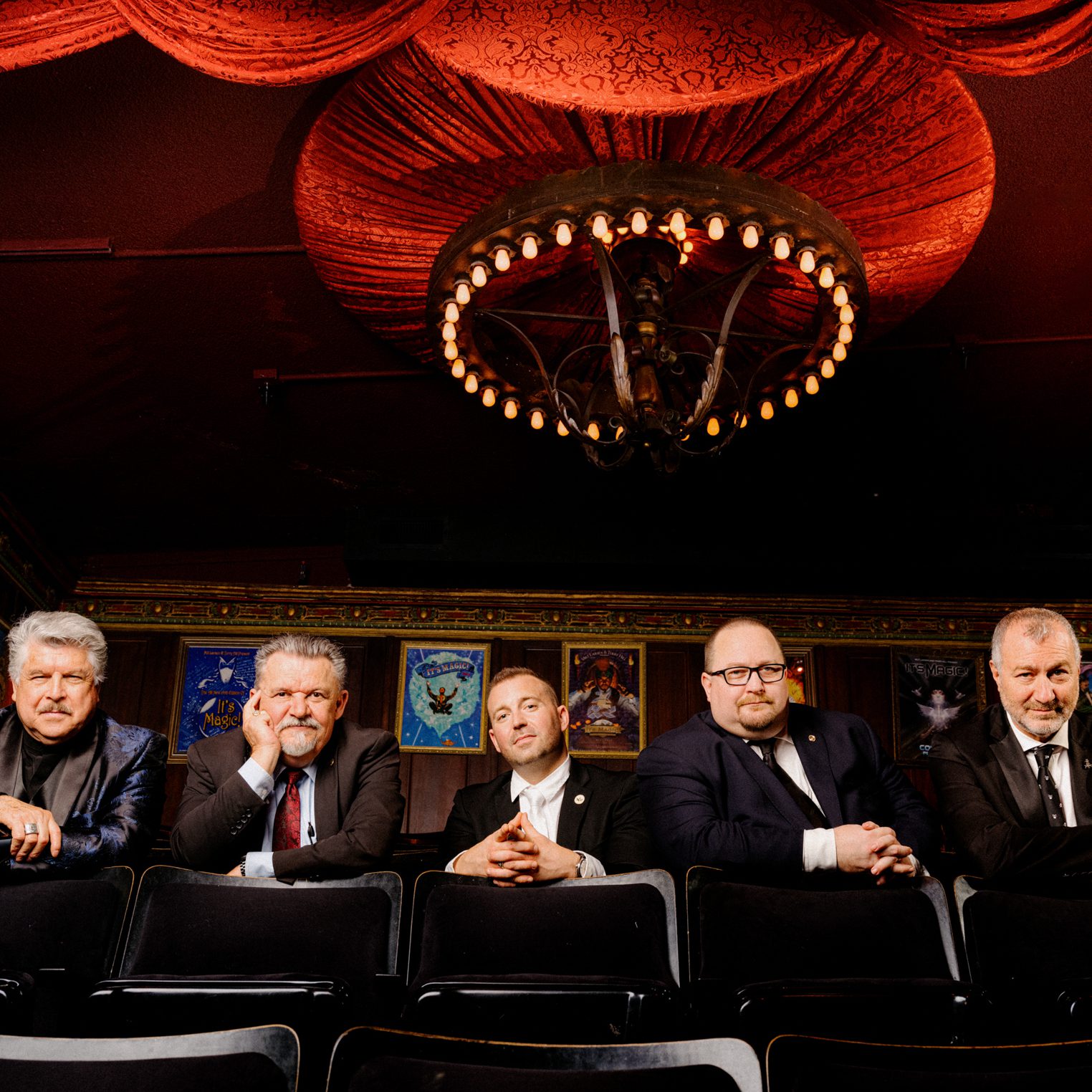
At Ye Olde Cup & Ball Lodge, Magic Meets Masonry
At Ye Olde Cup & Ball No. 880, California’s first affinity Masonic lodge, members are dedicated to mastering two crafts: Masonry and magic.
As one of the most decorated Masons in the state, Past Grand Master Ken Nagel was already keenly familiar with the “Masonic grip,” or secret handshake. But last fall, when he moved into the Paradise Park Masonic Club, he had to get familiar with a new fraternal gesture. “We call it the Paradise Park wave,” Nagel says with a chuckle. “Anyone who walks or drives by, even if you don’t know them, you give them the wave.”
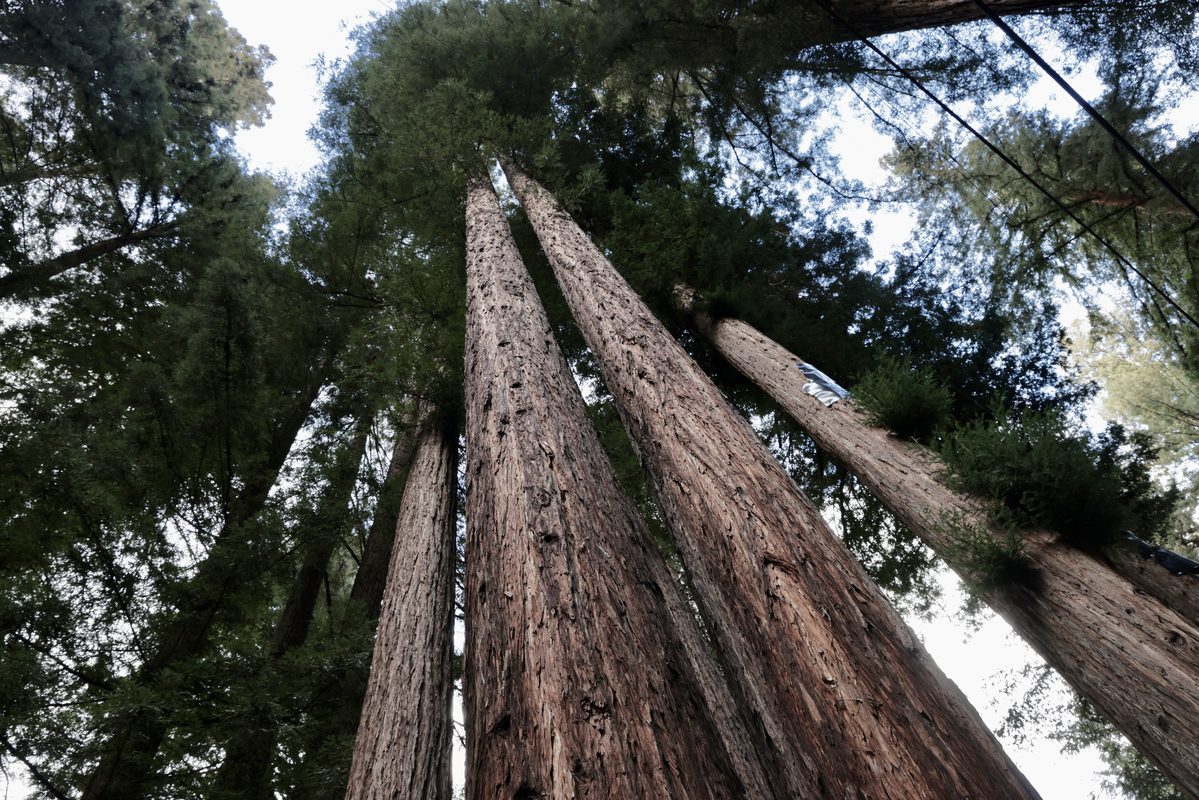
For residents of the Paradise Park Masonic Club, a picturesque village located on 138 acres of redwood forest just a mile north of Santa Cruz, such tiny acts of neighborliness are the norm. Built a century ago on the site of a former gunpowder factory, Paradise Park today belongs exclusively to California Masons and members of the Order of the Eastern Star.
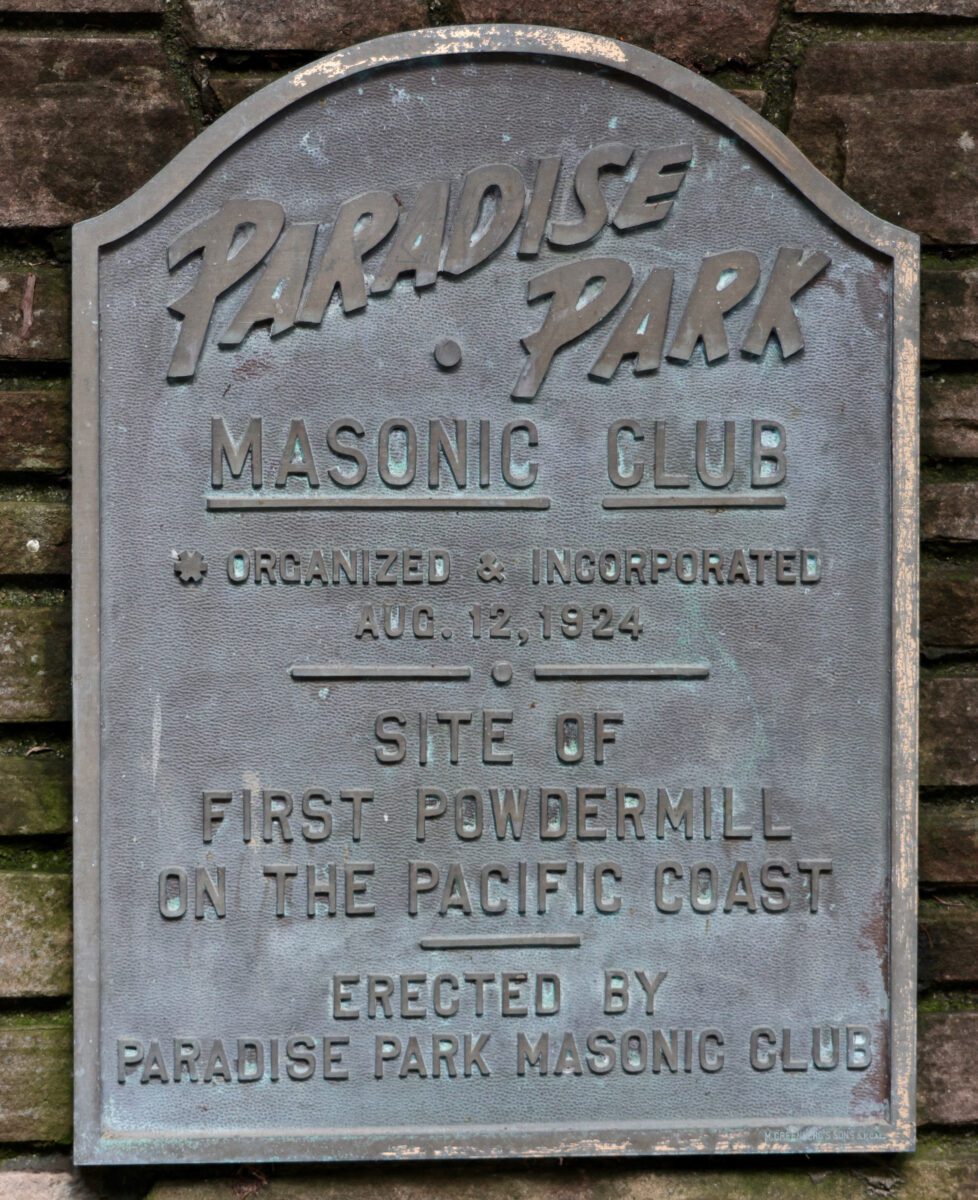
Its unusual ownership arrangement keeps home prices low, but also fosters a keen sense of community. For Nagel, who lived in nearby Santa Clara for 44 years before buying into the park, the change of scenery was dramatic. “Before, we really didn’t know our neighbors,” he says. On the other hand, “Here, if your garage door is open, someone’s going to stop by and chat with you. And since everyone’s a Mason, even if you don’t know them, you know them.”
With the park approaching its 100th anniversary in 2024, interest is rising in the history of the Masonic outpost in the woods.
In its first life, in the middle of the 19th century, Paradise Park was home to the San Lorenzo Paper Mill. In 1863, it was taken over by the California Powder Works, the largest manufacturer of black gunpowder in the West. At its peak, the powder works included 75 buildings, a boarding house, school, and a village of about 100 workers. Its total workforce varied from 150 to 275, making it Santa Cruz’s largest industry.
By the early 20th century, however, demand for black gunpowder had fallen, and in 1914, the operation was shuttered. For nearly a decade, the park sat empty, except for intrepid dayhikers and campers.
One of them was Luther M. Say, a former gold miner, police officer, and banker from Parlier, near Fresno. In 1923, Say purchased the land for $100,000 and transferred ownership to a newly formed corporation, the Paradise Park Masonic Club. The club was envisioned as a summertime “Masonic colony,” according to newspaper reports. William E. Soden was its first president. Among its first board of directors was Harry Foster, of Fresno № 247, and Frederick W. Docker, a member of Sun Garden № 530 and the assistant district attorney of Fresno County. Though they belonged to different lodges, all five members of the board belonged to Pyramid № 10 of the Ancient Egyptian Order of Sciots in Fresno.
Initially, the colony was little more than a smattering of tents. The board divided the park into lots, to be sold at $100 each. Speakers were dispatched to lodges around the state to drum up interest; meanwhile, the board organized an open-house barbeque in the park. On June 7, 1925, more than 3,000 Masons streamed into Paradise Park to take their first look at the site.
Within 20 months, the founders had sold almost all of the 1,000 lots. Tents and platforms began to give way to permanent cabins, many built by Frederick Rutherford Sinclair, a member of Alisal № 351 in Pleasanton. Sinclair is an interesting figure in the history of the park. Previously, he’d been responsible for building Castlewood, the Julia Morgan designed estate once owned by Phoebe Hearst. In 1925, he moved into Paradise Park.
Many signs of the park’s former uses remain, especially the circa- 1872 covered bridge that crosses the San Lorenzo River, one of the longest, highest, and best preserved examples of the Smith truss style of bridge. The 180-footlong span was made a national historic landmark in 2015.
Today, the park is comprised of 389 homes, each belonging to a California Mason or member of the Eastern Star. Matt Kannely, the current master of Santa Cruz-San Lorenzo Valley № 38 and president of the club, estimates that 40 percent of members live there year-round.

Technically, members of the club own their home, but not the land it sits on. Instead, they buy a share of the non-profit corporation that owns the park.
Because of that, most sales don’t qualify for a traditional home loan. That quirk, combined with the limited number of potential Masonic buyers, keeps prices in Paradise Park low.
A typical two-bedroom cabin in Paradise Park sells for a fraction of what a similar house outside the park might.
For the members, then, Paradise Park is an amazing deal— although, they’re quick to point out, it’s not a typical investment. A longstanding, unwritten rule stipulates that homes should only be sold for the original price of purchase, plus upgrades.
Furthermore, the homes cannot be rented out. Guests can register for a visit of up to three days. “It’s not meant to be a moneymaker,” Kanelly says.
In addition to the cabins, which are arranged on a makeshift grid with street names like Acacia, Hiram, and other Masonic monikers, the park’s shared amenities include tennis and shuffleboard courts, picnic areas, and a social hall. One thing it doesn’t have is a lodge room.
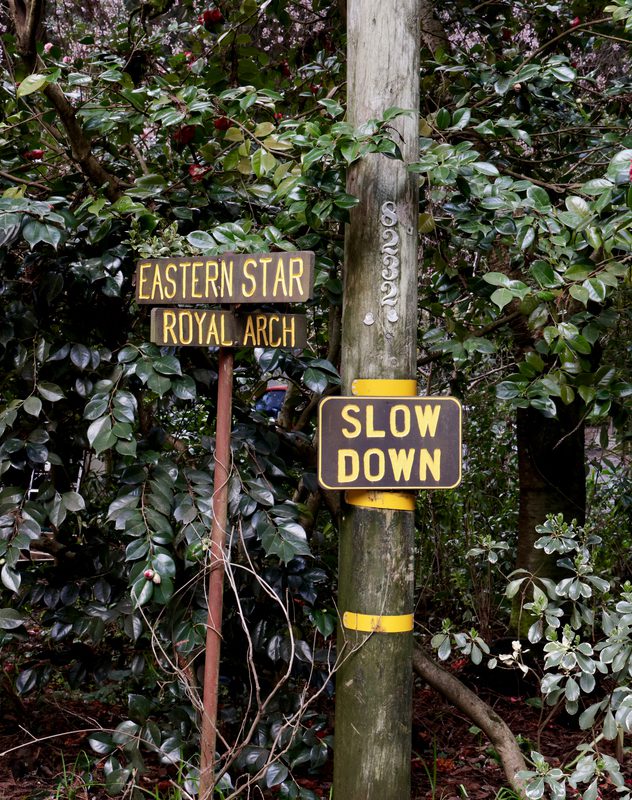
Over the years, many visiting groups have traveled to the park to hold degrees in the social hall, which can be converted and “tiled.” Grand masters have for several years held an annual reception in the park, and for a time it hosted an annual Masonic Outreach Services health fair.
The site, nestled beside the San Lorenzo River and under the dense sequoia redwoods, is certainly scenic. But that sylvan idyll also presents challenges. The river is prone to flooding, and downed trees and branches are a constant. The main road is narrow and winding, making it hard for workers to access some homes. Cell service is practically nil. As a result, members here largely rely on one another for help. In the case of a true emergency, a volunteer fire brigade is dispatched to direct emergency personnel through the park.
But by and large, residents say they manage just fine. This past winter, that was put to the test. With major flooding along the river, several of the low-lying houses experienced significant water damage. For Kannely, that meant that most weekends were spent pumping water out of the garages of his neighbors—whether they were home or not.
Not that that’s necessarily a bad thing. “That’s the cool thing about us all being Masons,” he says. “We’re always here for each other.”
Above:
The historic, circa-1872 covered bridge that crosses the San Lorenzo River at Paradise Park Masonic Club in Santa Cruz.
VIDEO AND PHOTOGRAPHY BY:
JR Sheetz

At Ye Olde Cup & Ball No. 880, California’s first affinity Masonic lodge, members are dedicated to mastering two crafts: Masonry and magic.
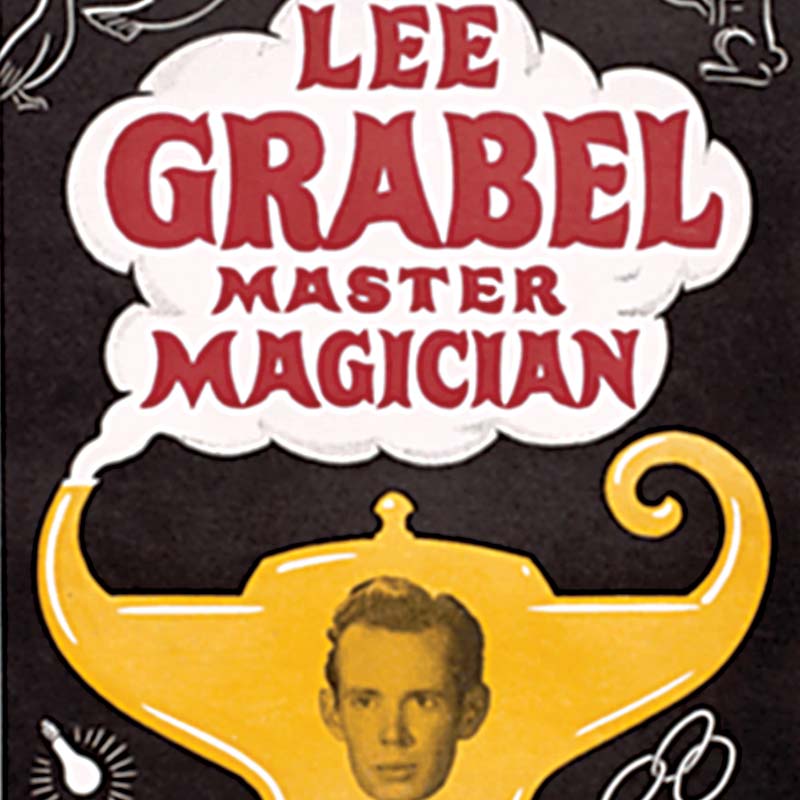
Meet the experts of two crafts: Exploring the hallowed roster of famous master Mason-magicians, from Harry Houdini to Lee Grabel.
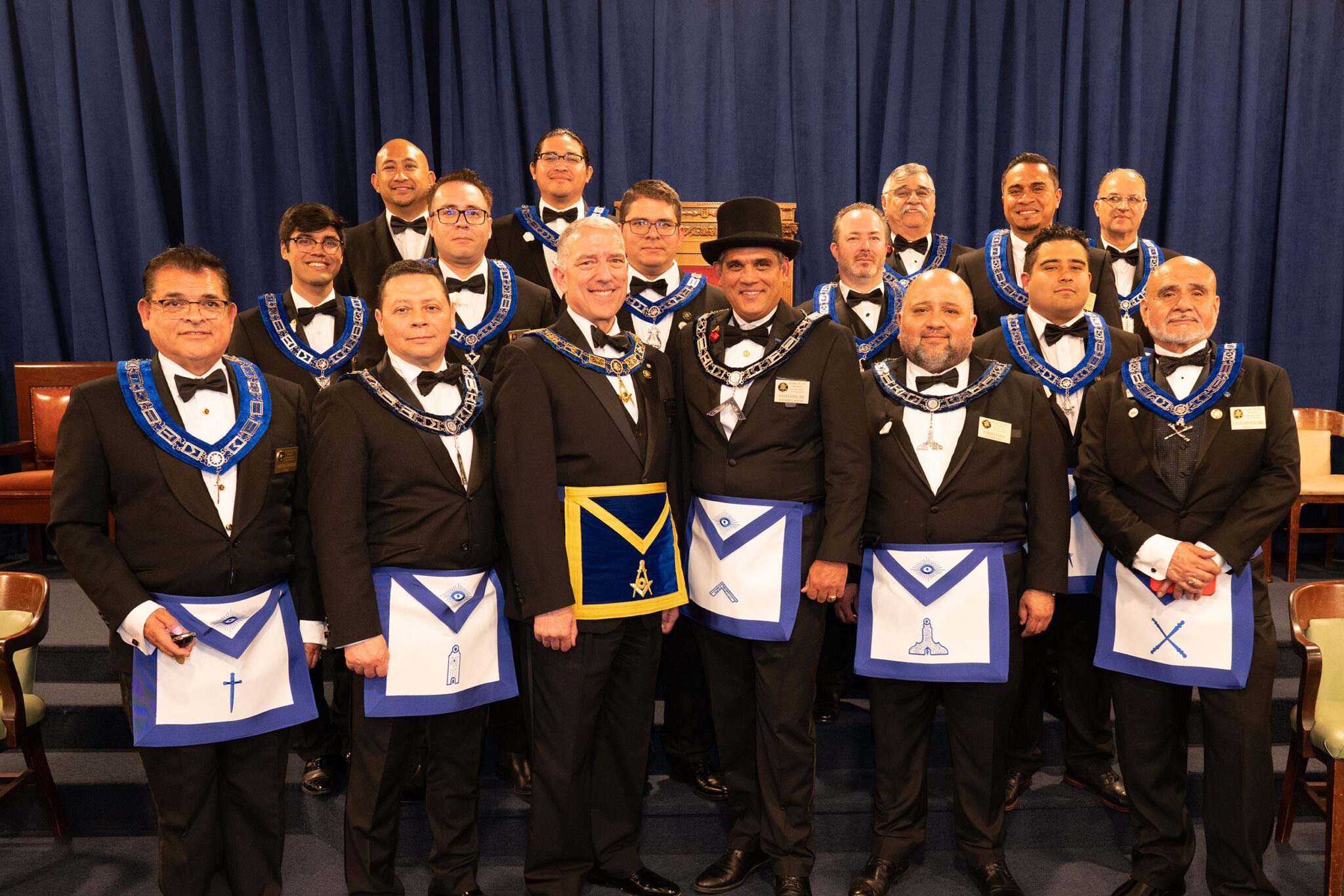
Pilares del Rey Salomon joins California’s growing ranks of Spanish-English Masonic lodges.